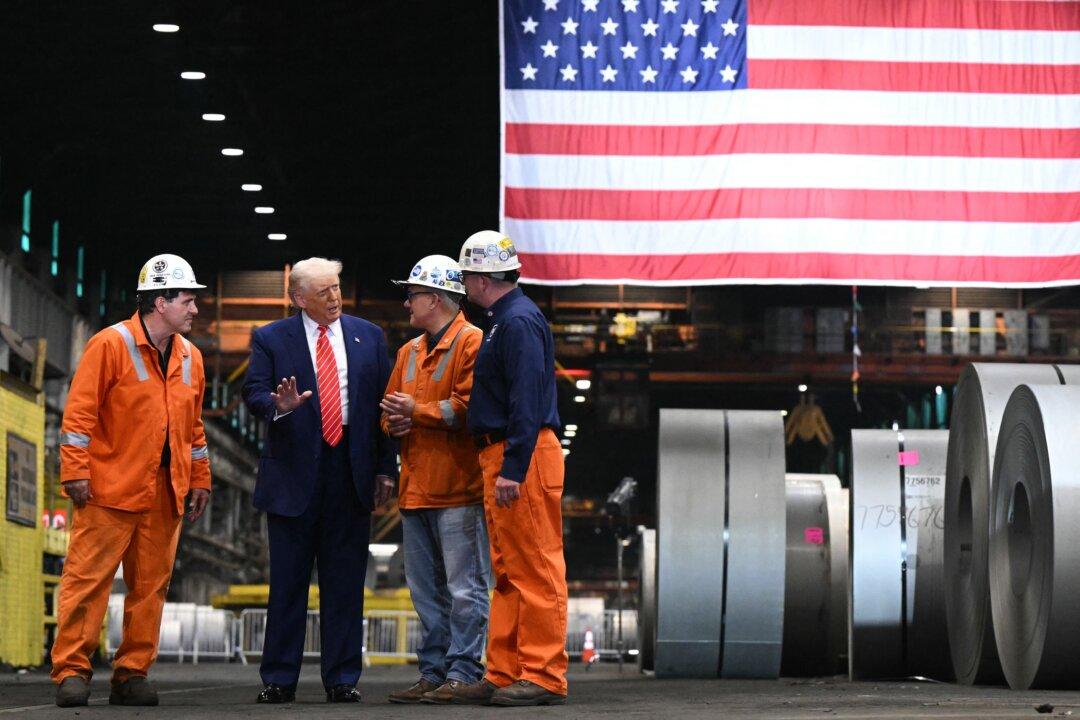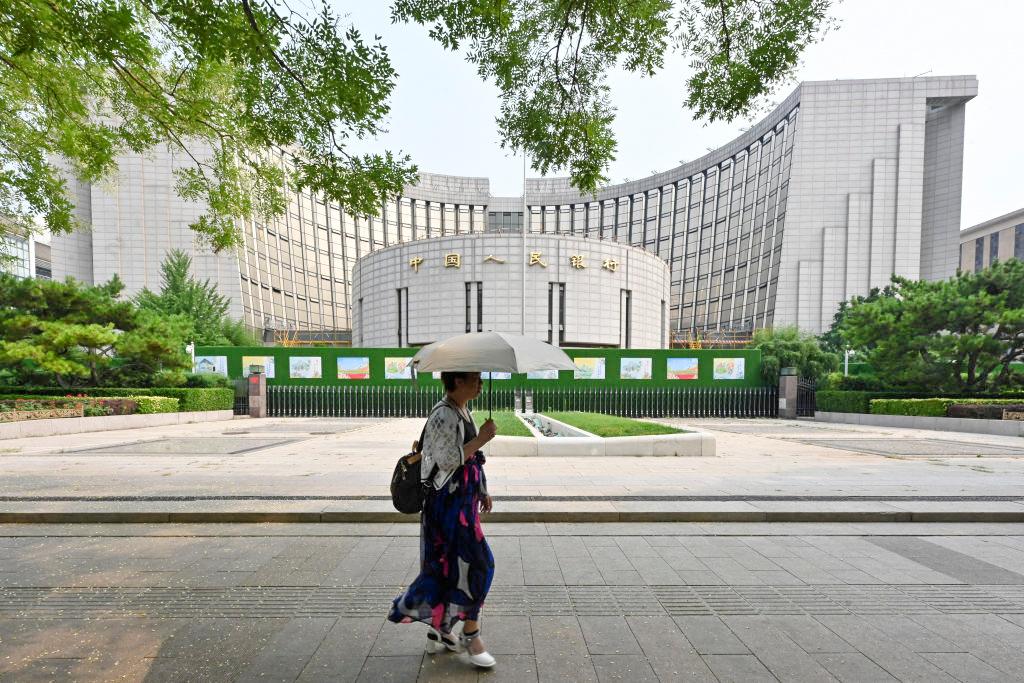Commentary
April’s Politburo meetings of the Chinese Communist Party’s (CCP’s) faithful were supposed to unveil new, more effective policies to deal with China’s economic problems. But all the Politburo saw was a rehash of existing policies that, so far, have had little or no substantive effect on the economy.





